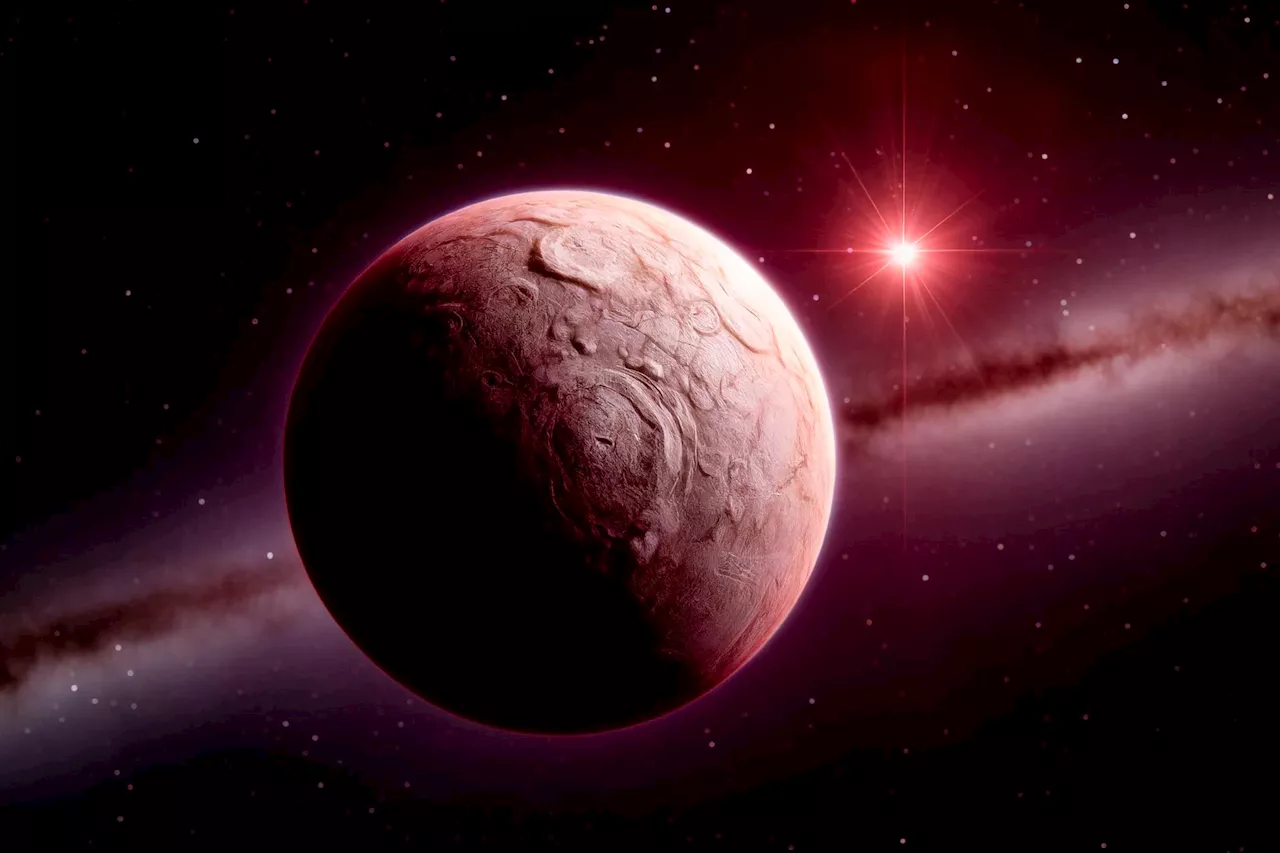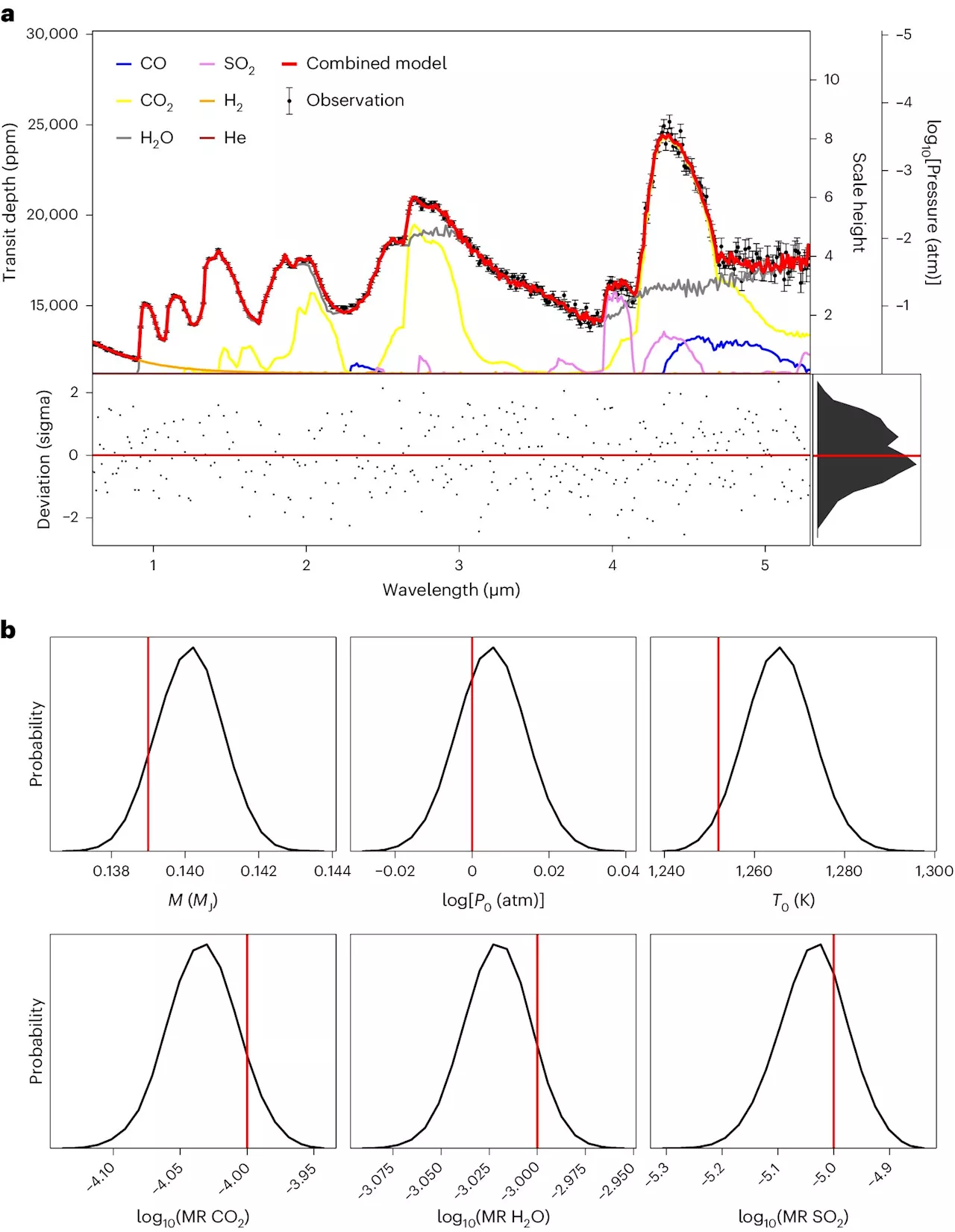'Thrillingly, this planet is the closest Earth-sized and temperature planet we know,' the researchers say.
Scientists have discovered a new planet which they say could 'potentially support human life.'Gliese 12 b is a rocky planet just 40 light-years away from our own. It orbits around a star called Gliese 12, a cool red dwarf in the constellation Pisces. This star is only 27 percent of the size of our sun, with about 60 percent of its surface temperature. But it's this lower temperature that makes Gliese 12 b theoretically habitable for humans.
'So what criteria do scientists look for when assessing whether a planet could support human life?'This mainly depends on how close the planets are to their equivalent of the Sun,' the university's spokesperson said. 'Too close and all the surface water evaporates into space. Too far and the water freezes. Either way, life wouldn't be possible, and the temperatures wouldn't support human life.
Norge Siste Nytt, Norge Overskrifter
Similar News:Du kan også lese nyheter som ligner på denne som vi har samlet inn fra andre nyhetskilder.
 Astronomers discover new Earth-sized world orbiting an ultra-cool starAn international team of astronomers has detected a new, Earth-sized planet just 55 light years away, orbiting an ultra-cool red dwarf star.
Astronomers discover new Earth-sized world orbiting an ultra-cool starAn international team of astronomers has detected a new, Earth-sized planet just 55 light years away, orbiting an ultra-cool red dwarf star.
Les mer »
 Astronomers Discover Nearby Earth-Sized Planet With No AtmosphereScience, Space and Technology News 2024
Astronomers Discover Nearby Earth-Sized Planet With No AtmosphereScience, Space and Technology News 2024
Les mer »
 Astronomers Discover the Second-Lightest 'Cotton Candy' Exoplanet to Date.Space and astronomy news
Astronomers Discover the Second-Lightest 'Cotton Candy' Exoplanet to Date.Space and astronomy news
Les mer »
 Astronomers discover merging twin quasarsUsing the Subaru Telescope in Hawaii, astronomers have detected a pair of merging quasars at a high redshift, as part of the Hyper SuprimeCam (HSC) Subaru Strategic Program (SPP) survey. The serendipitous discovery is reported in the latest issue of the Astrophysical Journal Letters.
Astronomers discover merging twin quasarsUsing the Subaru Telescope in Hawaii, astronomers have detected a pair of merging quasars at a high redshift, as part of the Hyper SuprimeCam (HSC) Subaru Strategic Program (SPP) survey. The serendipitous discovery is reported in the latest issue of the Astrophysical Journal Letters.
Les mer »
 Astronomers discover WASP-193b, a giant planet with a density similar to that of cotton candyAn international team led by researchers from the EXOTIC Laboratory of the University of Liège, in collaboration with MIT and the Astrophysics Institute in Andalusia, has just discovered WASP-193b, an extraordinarily low-density giant planet orbiting a distant sun-like star.
Astronomers discover WASP-193b, a giant planet with a density similar to that of cotton candyAn international team led by researchers from the EXOTIC Laboratory of the University of Liège, in collaboration with MIT and the Astrophysics Institute in Andalusia, has just discovered WASP-193b, an extraordinarily low-density giant planet orbiting a distant sun-like star.
Les mer »
 Astronomers discover ‘cotton candy’ like dense planet 1,200 light-years awayThe team hypothesizes that the exoplanet is primarily made of hydrogen and helium—similar to other gas giants in our galaxy.
Astronomers discover ‘cotton candy’ like dense planet 1,200 light-years awayThe team hypothesizes that the exoplanet is primarily made of hydrogen and helium—similar to other gas giants in our galaxy.
Les mer »
